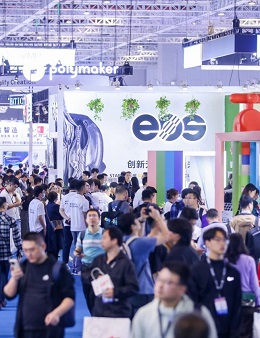The fields of aerospace and automotive manufacturing have seen significant changes with the rise of additive manufacturing technologies. The Aerospace 3D printing TCT Asia and Automotive 3D printing TCT Asia platforms serve as critical venues where innovators gather to showcase new developments and explore industry trends. They provide opportunities for stakeholders to discover advanced materials, new printing techniques, and integrated digital workflows specific to these sectors.

Industry Trends and TCT Asia’s Role in Aerospace and Automotive 3D Printing
In recent years, aerospace manufacturers have increasingly adopted 3D printing to produce lightweight, complex parts that improve fuel efficiency and reduce assembly times. Similarly, automotive companies are exploring 3D printing for rapid prototyping and small-batch production of custom components. TCT Asia reflects this industry momentum by dedicating exhibition zones and conference sessions to these sectors, featuring technologies tailored to aerospace-grade materials and automotive manufacturing requirements. Their events in Shanghai and Shenzhen allow participants to witness live demonstrations and engage with experts focused on solving real-world challenges in these industries.
Conclusion
They continue to build their reputation as a comprehensive platform for additive manufacturing by highlighting the aerospace and automotive segments through Aerospace 3D printing TCT Asia and Automotive 3D printing TCT Asia. The upcoming major Asian exhibition scheduled for March 2026 in Shanghai is expected to draw significant attention from industry leaders, technology providers, and decision-makers, further strengthening the brand’s influence across these key sectors. This event offers extensive opportunities for networking, knowledge exchange, and discovering innovative solutions. For companies involved in these high-tech industries, attending TCT Asia provides valuable insights and meaningful connections necessary to stay competitive and adapt to the rapidly evolving market demands.


